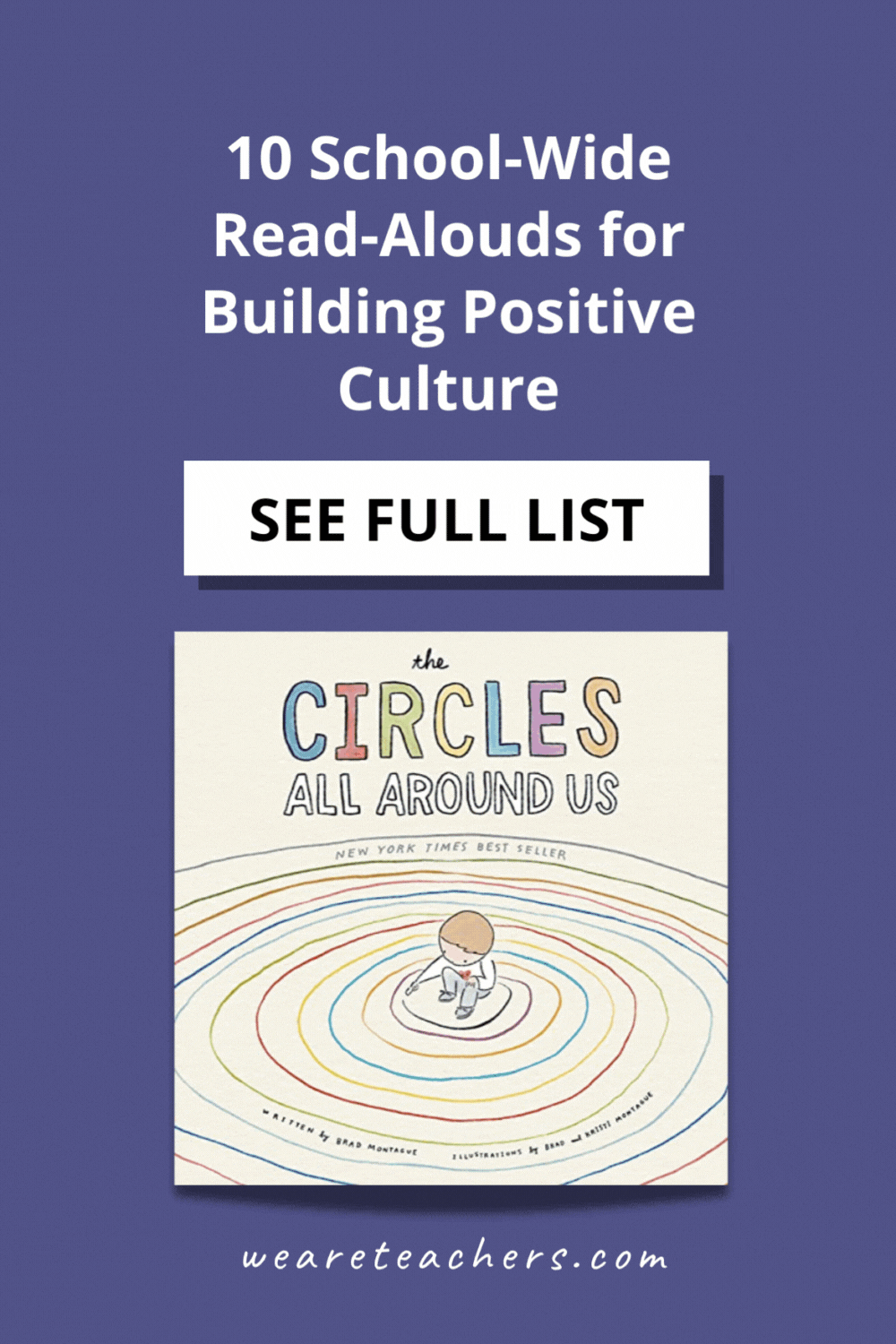When you walk into some schools, you can feel it: the energy, the vibe, the culture. That feeling permeates everyone that enters and everything that happens behind the school doors. The culture of a school is that important.
There are many ways to build a positive, effective, and forward-thinking school culture, but looking to our classrooms for guidance reveals a powerful tool with the potential to change a learning community: the read-aloud. And if we link classroom read-alouds together across an entire school, we can positively impact the culture in our school-wide community too. The shared experience of coming together around books can be a powerful unifying force.
Here are 10 school-wide read-alouds for building culture, with a few prompts for both teachers and students to get the conversation started. These books can be read in classrooms with students and, if it feels right, might even be shared in faculty meetings with teachers as a model first.
The Circles All Around Us by Brad Montague
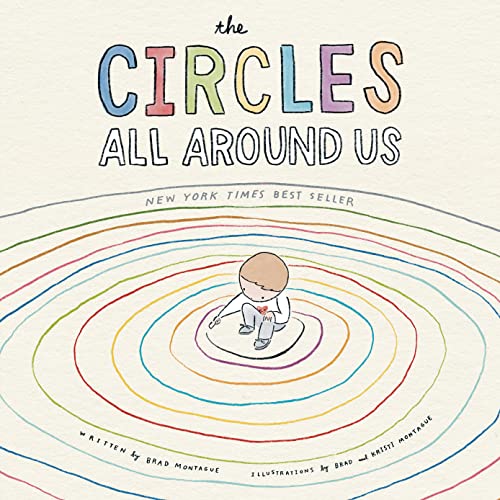
The creator of Kid President brings us a sweet book about the circles we draw for ourselves and the power of expanding them. It’s the perfect book to talk about our own personal learning networks and how broadening them makes the world better. After reading, consider these questions:
For Teachers:
- Let’s think about our professional circles. Who is currently in them? How might we expand them?
- It can be difficult to stretch and grow. What goals might we set to broaden who we work with and learn from?
For Students:
- Who are the important people inside your circles?
- How can you stretch and grow your circles?
Buy it on Amazon: The Circles All Around Us
The World Needs Who You Were Made to Be by Joanna Gaines

This beautifully illustrated picture book has a beautiful message too: Creativity and acceptance can come together to make for a bright and beautiful adventure. It’s perfect to celebrate our strengths and build a strong learning community together. After reading, consider these questions:
For Teachers:
- What special strengths, skills, abilities, and dispositions do we bring to our learning community?
- The book begins with the phrase “I hope you know. …” What do we hope others in our community know about us? What might our students wish we knew about them?
For Students:
- What makes you uniquely you? What might your hot-air balloon look like?
- How can we work together with people who have different strengths than our own?
Buy it on Amazon: The World Needs Who You Were Made to Be
Ten Beautiful Things by Molly Beth Griffin
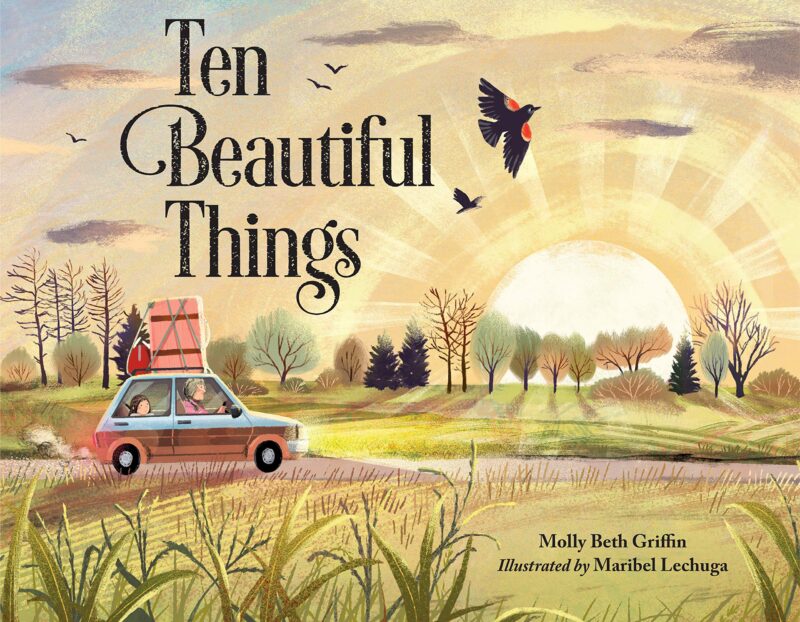
This beautiful book follows a little girl’s mission to find 10 beautiful things on the way to her new home with her grandmother. She struggles at first but comes to appreciate her new home and second chance. It’s perfect to spark gratitude and appreciation. After reading, consider these questions:
For Teachers:
- Picture our classrooms. List 10 beautiful things we might overlook each day.
- The 10th beautiful thing was Gram and Lily. How can we celebrate our students in unexpected ways?
For Students:
-
- List 10 beautiful things in your life.
- List 10 beautiful things from our classroom and school.
Buy it on Amazon: Ten Beautiful Things
Don’t Hug Doug by Carrie Finison

This is a delightful, laugh-out-loud book about a boy who does not like hugs and wants readers to know what he does like instead. It’s perfect for launching conversations about what students need to feel safe and supported. After reading, consider these questions:
For Teachers:
- What are our likes and dislikes related to teaching and learning together?
- How can we create a safe space to talk about our professional needs and wants?
For Students:
- What are your likes and dislikes?
- What do you wish others knew about you to make you feel more comfortable in school?
Buy it on Amazon: Don’t Hug Doug
Tomorrow I’ll Be Brave by Jessica Hische
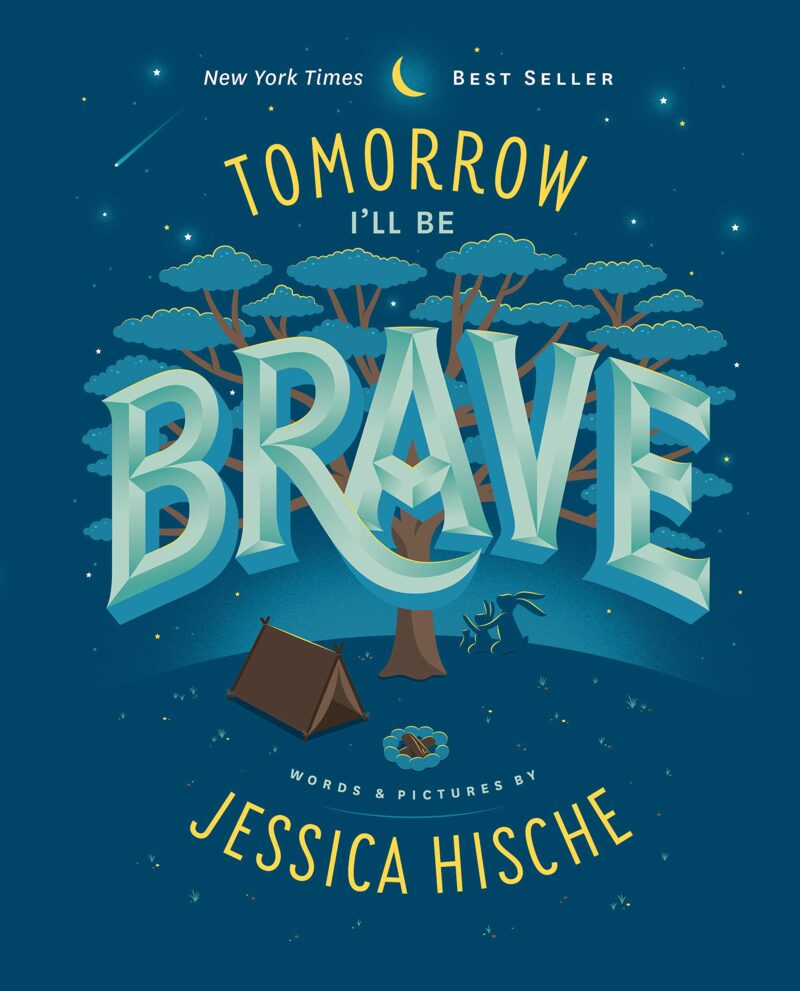
This is a beautifully illustrated and lettered book on the promise and peril of tomorrow: a new chance to be all the things we want to be, but at the expense of the current day. It’s perfect to talk about what we want, getting started, and taking action. Now. After reading, consider these questions:
For Teachers:
- We are always focused on the next thing in education. What have we already done that we can celebrate?
- How do we give ourselves grace as educators to keep growing and learning?
For Students:
- What goals have you already accomplished this year?
- What kinds of things would you like to do, explore, or learn in the future?
Buy it on Amazon: Tomorrow I’ll Be Brave
Five Minutes by Liz Garton Scanlon and Audrey Vernick

This is an absolutely darling book that accurately captures the complexity of time and how our mindset and attitude make all the difference in how time is perceived. It’s perfect for starting conversations about how we spend our time in schools. After reading, consider these questions:
For Teachers:
- How are we making the most of your instructional time with students?
- How can we ensure we are spending our time on what matters most?
For Students:
- Which school activities feel like they fly by because you’re enjoying them?
- Which school activities seem to drag on forever because they are not enjoyable?
Buy it on Amazon: Five Minutes
The Big Orange Splot by Daniel Pinkwater
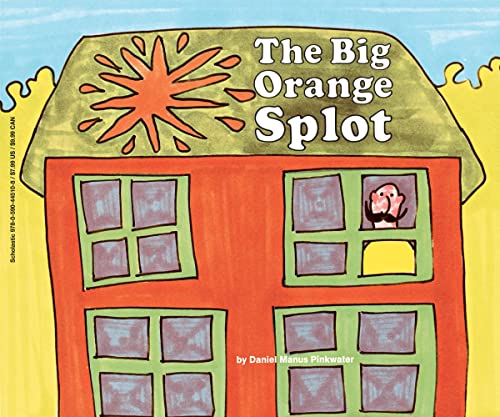
Who knew that a big orange splot could transform a cookie-cutter neighborhood into a collection of people pursuing their passions? This book is perfect to remind us to be who we were meant to be and follow our dreams. After reading, consider these questions:
For Teachers:
- If your classroom looked like all your dreams, what would it look like?
- If our school looked like all our dreams, what would it look like?
For Students:
- If your house looked like all your dreams, what would it look like?
- If our classroom looked like all our dreams, what would it look like?
Buy it on Amazon: The Big Orange Splot
My Papi Has a Motorcycle by Isabel Quintero
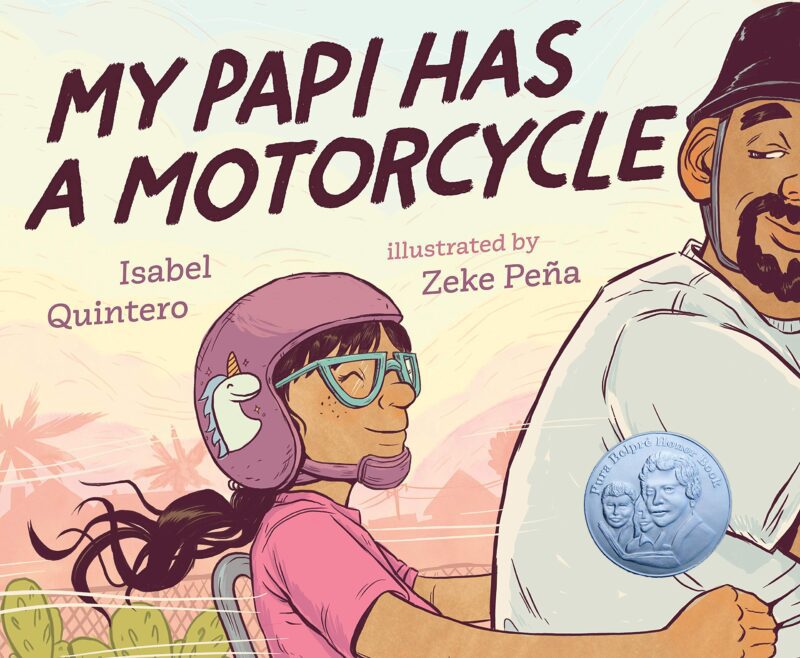
This touching book acts as a love letter from an adoring daughter to her hardworking father as they celebrate their changing neighborhood. It’s perfect to lead conversations about students’ homes and communities and how we can build bridges from home to school. After reading, consider these questions:
For Teachers:
- What steps can we take to consciously learn more about our students’ communities?
- How can we celebrate changing communities together?
For Students:
- What do you love best about your community?
- What do you wish others knew about your community?
Buy it on Amazon: My Papi Has a Motorcycle
Milo Imagines the World by Matt de la Peña

Milo takes a long subway ride to visit his mother, imagining the lives of other passengers to pass the time, but he realizes things might not always be as they seem. This emotionally powerful book forces readers to rethink their assumptions and rewrite their stories. After reading, consider these questions:
For Teachers:
- What stories have we told ourselves about “how things are” in our school and why do we accept them?
- How can we help ourselves honestly see and acknowledge our biases and assumptions so we can better serve students?
For Students:
- Have you ever made assumptions about someone but were wrong? What did you learn?
- How can we learn more about one another in our classrooms?
Buy it on Amazon: Milo Imagines the World
Idea Jar by Adam Lehrhaupt

The idea jar is a beautifully illustrated book showing the powerful role of ideas and what happens if those ideas do not have the proper outlet. After reading, consider these questions:
For Teachers:
- What ideas do we have for our school community and curriculum?
- Where do we give students space to generate and explore their own ideas?
For Students:
- What ideas do you have for your own personal idea jar?
- What ideas would you add to a classroom idea jar?
Buy it on Amazon: Idea Jar
Each of these books offers a starting point for important conversations in our classrooms and schools that could build school community and culture.
Have you tried a school-wide read-aloud? Let us know your thoughts in the comments.
Looking for more articles like this? Be sure to subscribe to our newsletters!
